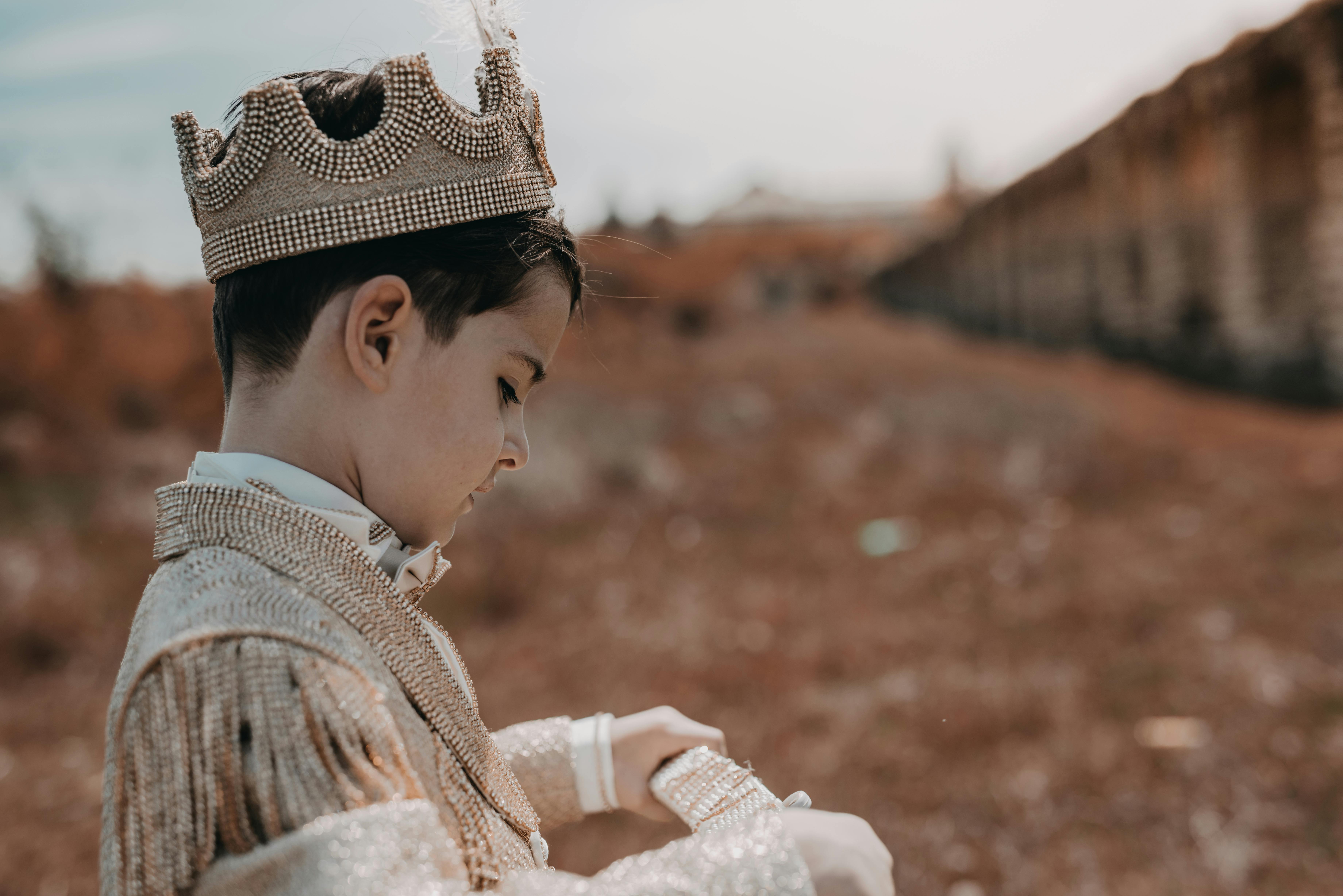Schools in 19th century England were brutal and uncompromising institutions. Charlotte Bronte’s Lowood School Jane eyre It is a typical girls ‘school of that time, and its description is derived from the author’s own experiences at The Clergy Daughters’ School, located in Cowan Bridge, a village in the county of Lancashire.
When the apothecary, Mr. Lloyd, asks if the girl Jane would like to go to school, the protagonist recalls her nanny Bessie’s remarks about the school as “a place where young ladies sat in stocks, used boards and was expected to they were extremely kind. ” and precise “(I, 3, p.25).
Bessie’s comments echo the reality of many girls’ schooling in the early 19th century, as well as somewhat anticipating Jane’s grueling experiences at Lowood, where students are mistreated and housing, sanitation and supplies they are all of very poor quality. . These aspects are vividly illustrated in several passages, such as the serving of burnt porridge to the girls at breakfast: “I saw a universal manifestation of discontent when the vapors of the food reached the noses of those destined to swallow it” (I, 5, p.45), and the lack of heating in the building: “this morning we were forced to do without the washing ceremony: the water in the pitchers was freezing” (I, 6, p.52).
Many of these incidents are drawn from Charlotte’s own experiences at Cowan Bridge School, as are several of the characters featured in them.
The director and treasurer of Lowood School is Mr. Brocklehurst, a gloomy and pious man who runs the institution in the cheapest possible way. When Jane meets him for the first time, the fleeting impression she receives at first glance is that of “a black pillar!” (I, 4, p. 31). Mr. Brocklehurst has an original on the Reverend William Carus-Wilson (1791-1859), the founder of The Clergy Daughters’ School. Carus-Wilson was a Calvinist evangelist, ordained in 1816. He was also the son of a prosperous landowner. Revelations about the operation of the school by Carus-Wilson caused much controversy in later years.
The kind superintendent, Miss Temple, with whom Jane develops a close friendship, has a real-life counterpart in Ann Evans, who was the superintendent of Cowan Bridge School. Charlotte’s favorable description of Miss Temple is considered a “fitting tribute” to the character of Ann Evans.
Another Lowood staff member who was inspired by a real person is Miss Scatcherd, the history and grammar teacher who mercilessly intimidates Jane’s friend Helen Burns. Miss Scatcherd is apparently based on a Miss Andrews, who taught at Cowan Bridge School when the Bronte sisters attended, and Charlotte’s portrayal of her is the complete opposite of Ann Evans. In fact, along with John Reed, Miss Scatcherd is possibly the most obnoxious character in the novel. In its Life of Charlotte BronteElizabeth Gaskell alludes to the harsh behavior of Miss Andrews, cruelties that were echoed in the Lowood section of Jane eyreLike when Miss Scatcherd birch Helen for having her nails dirty, despite not being able to wash them due to the water being frozen that morning.
It is generally believed that the character of Helen Burns is inspired by Charlotte’s older sister, Maria, who died of tuberculosis in 1825, at the age of only 11. She developed the disease in her unhealthy environment at the School for the Daughters of the Clergy. Charlotte herself maintained that the deprivations from school also permanently affected her health and that she did not exaggerate any details in her descriptions of Lowood in relation to the school in Cowan Bridge.



